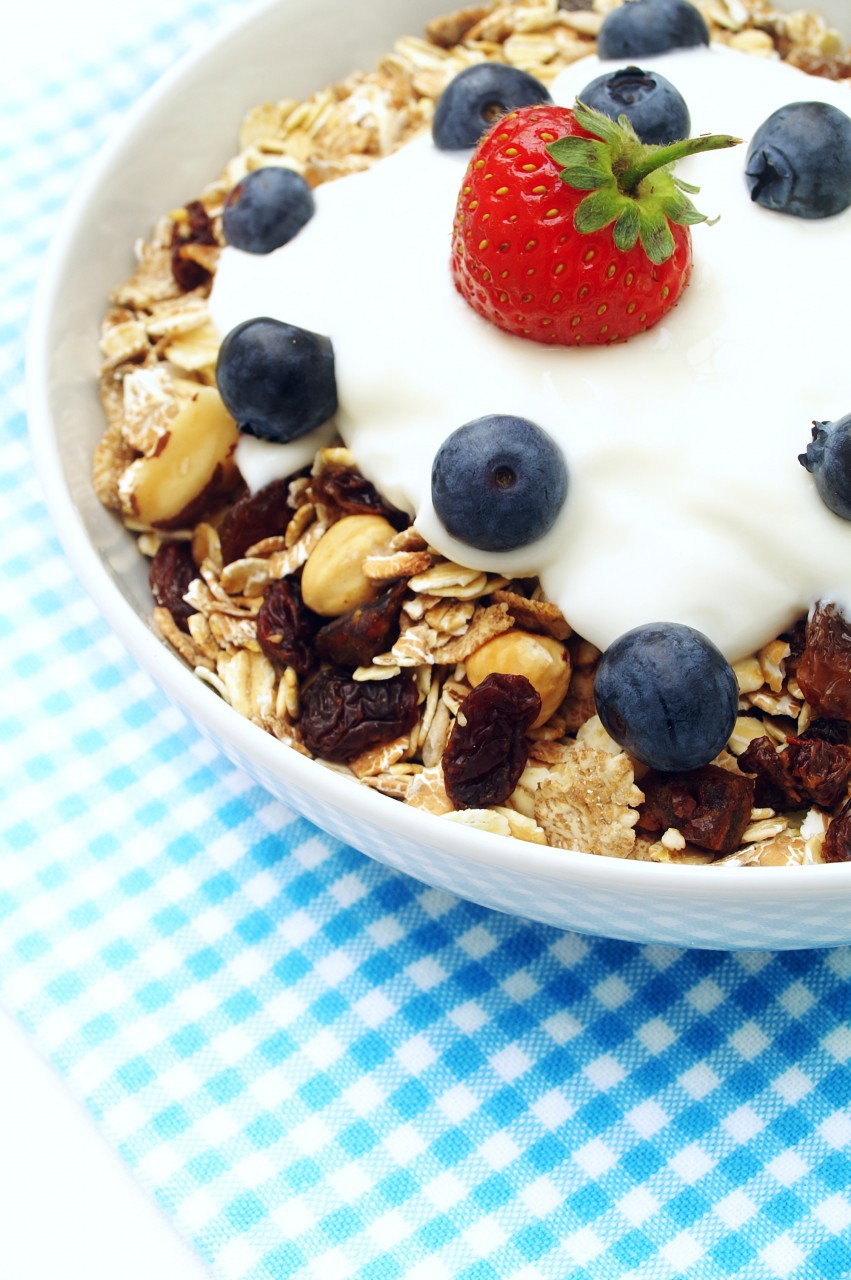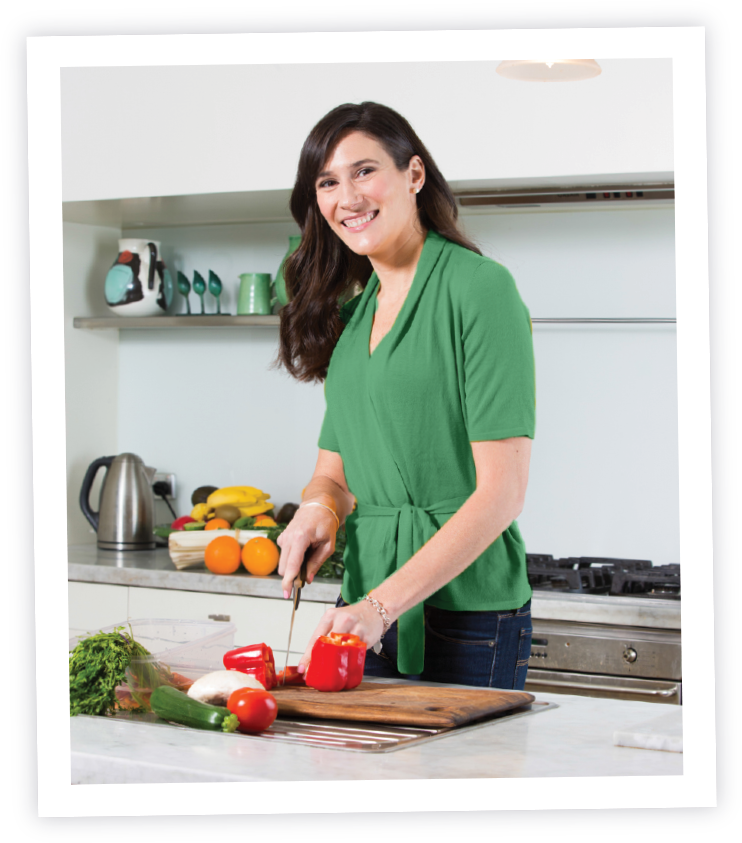
Fibre plays a key role in maintaining our gut health, keeping things moving and even in reducing the risk of developing bowel cancer and heart disease.
But what is fibre exactly and how different are the roles of soluble and insoluble fibre in the body?
What is fibre?
Fibre is a type of indigestible carbohydrate from plants that helps to form the bulk which our stools pass through our digestive tract. Fibre doesn’t offer much in the way of nutrition however our gut bacteria can use some types of fibre as a fuel source and so fermentation is often seen before stools are eliminated. There are two main types of fibre in our foods, known as soluble and insoluble fibre, and most fibre-rich foods are made up of a combination of both but in varying amounts.
Soluble fibre is a type of fibre that absorbs water, slowing the process of stomach emptying, helping you to feel fuller for longer. As it absorbs water, it also helps to keep stools soft and move through your gut in one piece. Sources of soluble fibre include the flesh of fruits and vegetables, oats and legumes.
Insoluble fibre adds bulk to your stools, gives them a firm shape and structure and helps keeps things moving! This extra roughage also helps us to feel fuller and encourages the growth of good bacteria in the gut. Insoluble fibre is found in nuts and seeds, wholegrains, the skins of fruits and vegetables and any other stringy and fibrous vegetables such as corn, celery, onions and leafy greens.
How much should I be eating per day?
Current Australian nutritional guidelines recommend around 30g of fibre for men and 25g for females, with pregnant and breastfeeding women needing more.
Although this might seem like a fair bit of fibre, having a balanced diet with plenty of high fibre foods such as fruit, vegetables, legumes, nuts, seeds and wholegrain cereals won’t make this number too hard to reach!
Importance of fibre
Having a good balance of both soluble and insoluble fibre are key for health. Although there isn’t an ideal ratio of soluble to insoluble fibre, the most important part is to make sure you are including and eating both in your diet so you can have formed stools that are soft and easy to pass. Otherwise a lack of balance might leave you constipated or constantly running to the loo!
Including fibre in your diet not only helps to keep your bowels regular and but also has a number of linked health benefits in disease prevention. Research has shown that an increased intake of insoluble fibre reduces the risk of developing colorectal cancer. Another study looking at the relationship between fibre intake and breast cancer risk has suggested a link between increased vegetable fibre intake and a lower likelihood of developing breast cancer. Furthermore, the addition of fibre helps to lower the glycaemic load of a meal and can improve insulin sensitivity and blood glucose levels; so even more reasons to eat your vegies!
In addition, soluble fibre can play a key role in helping to lower cholesterol and consequently reduce the risk of developing cardiovascular diseases. Recent research has shown that when in the gut, soluble fibre can form a matrix that binds to cholesterol. This trapped cholesterol is then eliminated when you open your bowels so that it’s not re-absorbed into your bloodstream. The fermentation that is seen in the gut is also beneficial for the good bacteria which can use this as a fuel source to helps them proliferate, creating a more healthy microbiome. Research is strongly indicating that a healthy gut is crucial to a healthy lifestyle having an effect on inflammation, immunity, weight and mental health.
When you should be watching how much fibre you eat…
Although in most cases, we would want everyone to increase their fibre intake, it really comes down to how healthy your gut is as to whether or not it can handle a high dose of fibre. If you have a gastrointestinal condition, such as Crohn’s disease, Ulcerative Colitis or Diverticular disease you may need to focus on lowering your fibre intake at times when you have a flare up to give your bowel rest, then increasing fibre load gradually again when the inflammation has ceased. It is important to monitor these conditions under the guidance of your healthcare provider so talk to your dietitian to work out your dietary fibre requirements that meet your needs.
How to get enough fibre
Eating at least 25g of fibre each day doesn’t have to be a challenge! Following healthy eating recommendations for 2 serves of fruit and 5 serves of vegetables a day is one of the easiest ways to meet your fibre intake. Don’t forget to include a variety of nuts, legumes and wholegrains throughout the day as well.
If you still struggle to get enough fibre into your diet, try these suggestions:
– choose wholegrain breads and brown rice or pasta over white varieties,
– leave the skin on fruits and vegetables where possible for more insoluble fibre,
– choose a high fibre breakfast cereal with at least 7g fibre/100g,
– top your breakfast cereals with some nuts, flaxseed or psyllium husks,
– use a soluble fibre supplement. These can be found in your local supermarket and are usually in powder form that you can mix in a glass of water.
Ultimately, the inclusion of more soluble and insoluble fibre in your diet can be really beneficial for your health. As you increase your intake fibre, make sure you do so gradually and also increase the amount of water you are drinking to avoid any tummy upset and encourage a healthy and happy gut!

Get nutritious recipes
straight into your inbox!
Send your details now to receive Melanie’s recipes designed around a range of dietary needs including improved fertility, weight loss, general heath and wellbeing through improved nutrition. Receive the recipes specific to your needs.
As seen in






